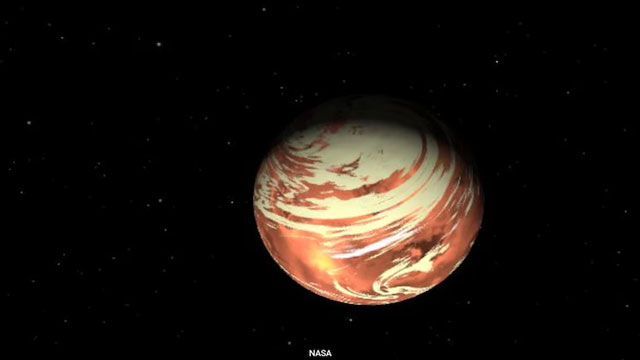Daijiworld Media Network – London
London, Aug 27: Astronomers may be edging closer to one of the greatest discoveries in history – signs of possible life beyond our solar system. Using the James Webb Space Telescope (JWST), researchers have detected intriguing chemical traces in the atmosphere of K2-18b, a planet located about 124 light years away.
The telescope identified dimethyl sulphide (DMS) and dimethyl disulphide (DMDS), gases which on Earth are almost exclusively produced by living microbes such as algae. K2-18b, nearly 2.5 times larger than Earth, orbits its star within the “habitable zone”, where liquid water could exist. The findings suggest the tantalising possibility of a thriving biosphere, perhaps even alien oceans.

“This is the strongest evidence yet there is possibly life out there. I can realistically say that we can confirm this signal within one to two years,” said Professor Nikku Madhusudhan, astrophysicist at Cambridge University, who led the study. He noted that the detected gas concentrations were thousands of times higher than those found on Earth.
However, scientists have cautioned against premature conclusions. Some research groups reanalysing Webb’s data argue that the statistical evidence for DMS is not yet conclusive. “It’s a step in the right direction, but not definitive,” said Dr David Clements of Imperial College London.
Experts emphasised that to declare evidence of life, researchers would require an almost absolute level of certainty, known as the “five sigma threshold” – about 99.99999% confidence. For now, the signals remain intriguing but inconclusive.
Further JWST observations scheduled in the coming months are expected to shed light on the findings. “We may be able to confirm this signal within one to two years,” Madhusudhan added. If verified, the discovery would mark one of the most groundbreaking moments in science, suggesting life may not be rare but possibly widespread across the cosmos.